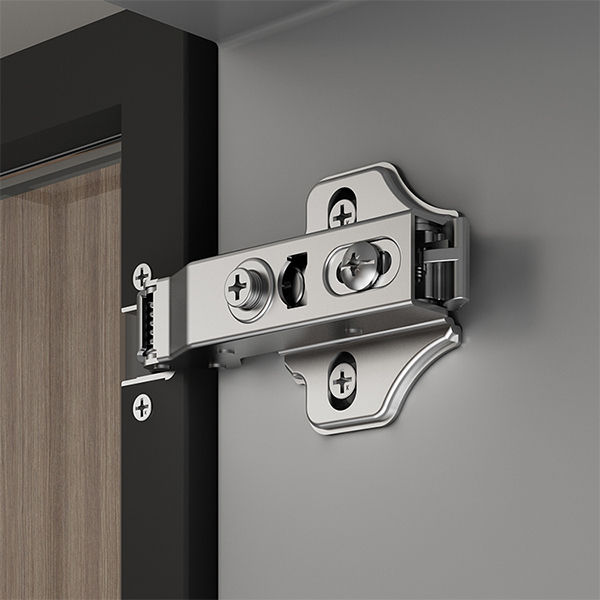When we think of furniture design, our minds often drift toward aesthetics, materials, and overall style. However, the functionality and durability of furniture are just as crucial, if not more so. A key component that often goes unnoticed but plays a vital role in both the functionality and design of furniture is the hinge. Hinges, in their various forms, are essential in providing the necessary movement and support for doors and other movable parts of furniture. This passage explores the importance of hinges in furniture functionality and design, delving into their applications and impact on the overall user experience.
Enhancing Functionality with Hinges
The primary role of hinges in furniture is to facilitate movement, enabling doors and panels to open and close smoothly. Without hinges, the practicality of cabinets, wardrobes, and many other pieces of furniture would be severely compromised. The choice of hinge directly impacts the ease of use and accessibility of furniture.
For instance, concealed hinges in kitchen cabinets not only contribute to a sleek appearance but also allow for full access to the cabinet interior without obstruction. Soft-close hinges in drawers and cupboards prevent accidental slamming, extending the lifespan of the furniture and reducing noise. In large furniture pieces like wardrobes, pivot hinges ensure that heavy doors can be opened effortlessly and remain stable in any position.
Moreover, adjustable hinges provide the flexibility to fine-tune the alignment of doors and panels. This is particularly important in high-precision environments such as laboratories and hospitals, where perfect alignment can impact the functionality and safety of the furniture.
Hinges as Design Elements
While functionality is paramount, the design aspect of hinges cannot be overlooked. In many cases, hinges contribute significantly to the aesthetic appeal of furniture. The choice of hinge type, material, and finish can enhance the overall design theme and style of the piece.
For example, exposed hinges in antique furniture often feature intricate designs and finishes that complement the vintage look. In contrast, concealed hinges in modern minimalist furniture offer a seamless and clean appearance, emphasizing simplicity and elegance.
The material and finish of hinges also play a role in the design. Brass and bronze hinges can add a touch of luxury and warmth, while stainless steel hinges provide a sleek and contemporary feel. The finish of the hinges, whether polished, brushed, or matte, can be selected to match or contrast with the furniture's hardware and overall design scheme.
The Impact of Quality Hinges on Durability
The quality of hinges directly affects the durability and longevity of furniture. High-quality hinges are made from robust materials and are designed to withstand frequent use and heavy loads. Investing in quality hinges ensures that doors and lids operate smoothly over time, reducing the risk of misalignment, sagging, or breakage.
In commercial and high-traffic environments, such as offices, schools, and hotels, the durability of hinges is even more critical. Furniture in these settings is subject to constant use and abuse, making it essential to choose hinges that can endure the demands of such environments.
Conclusion
Hinges, though often overlooked, are fundamental components that significantly impact the functionality and design of furniture. Their role extends beyond mere movement, influencing the ease of use, aesthetics, and durability of furniture pieces. By selecting the appropriate type and quality of hinges, designers and manufacturers can enhance the overall user experience, ensuring that furniture is not only beautiful but also practical and long-lasting. KEA offers a wide range of furniture hinges, click here to learn more!
